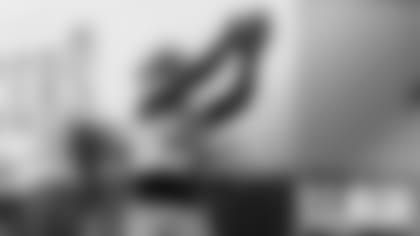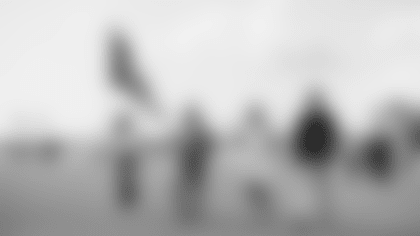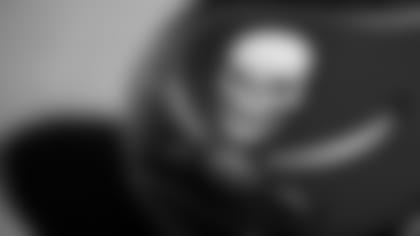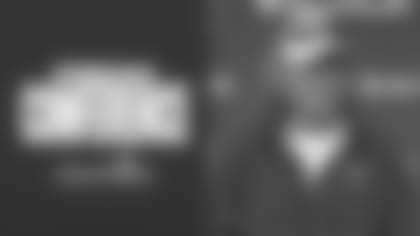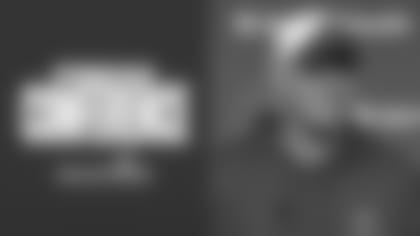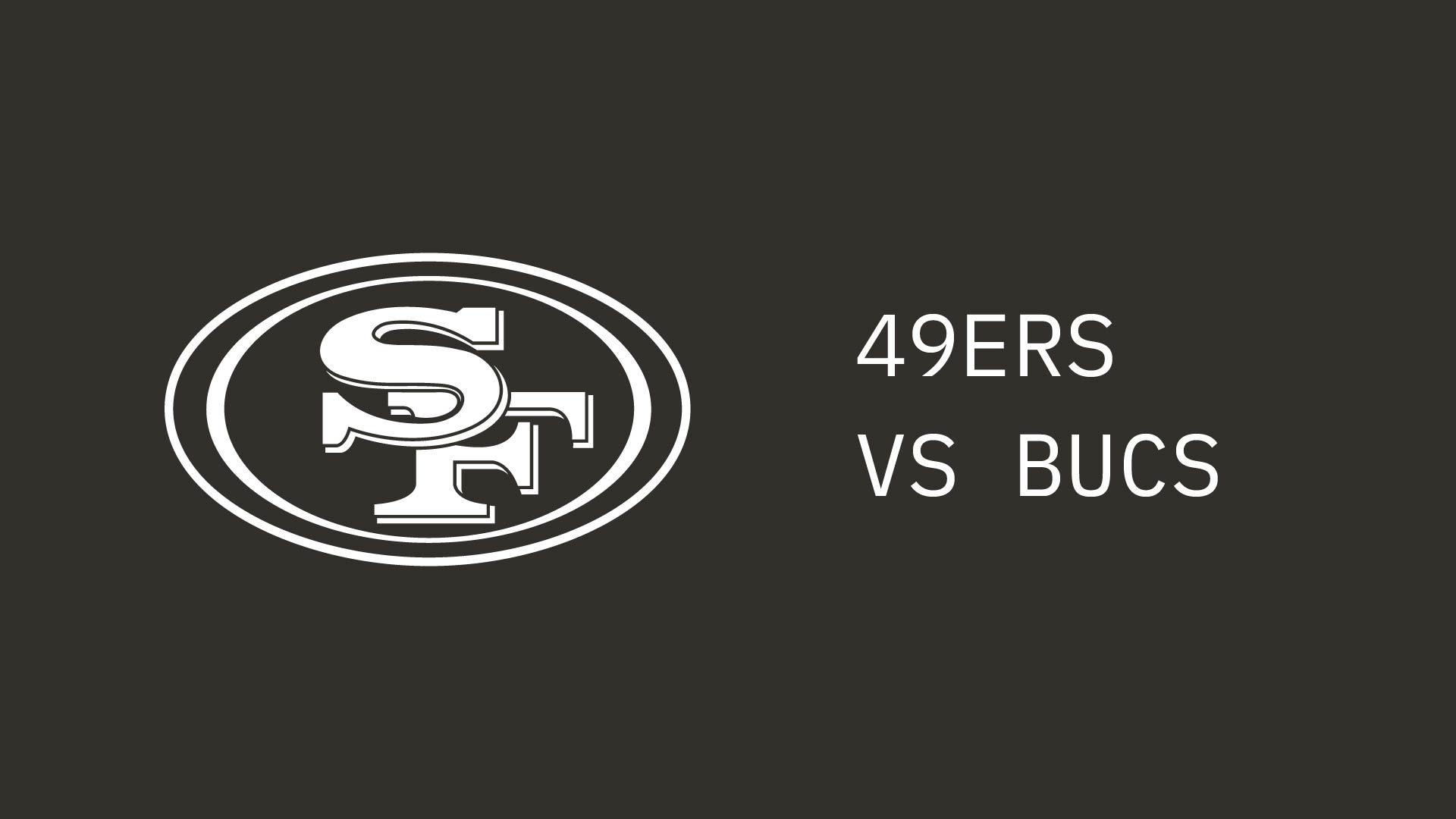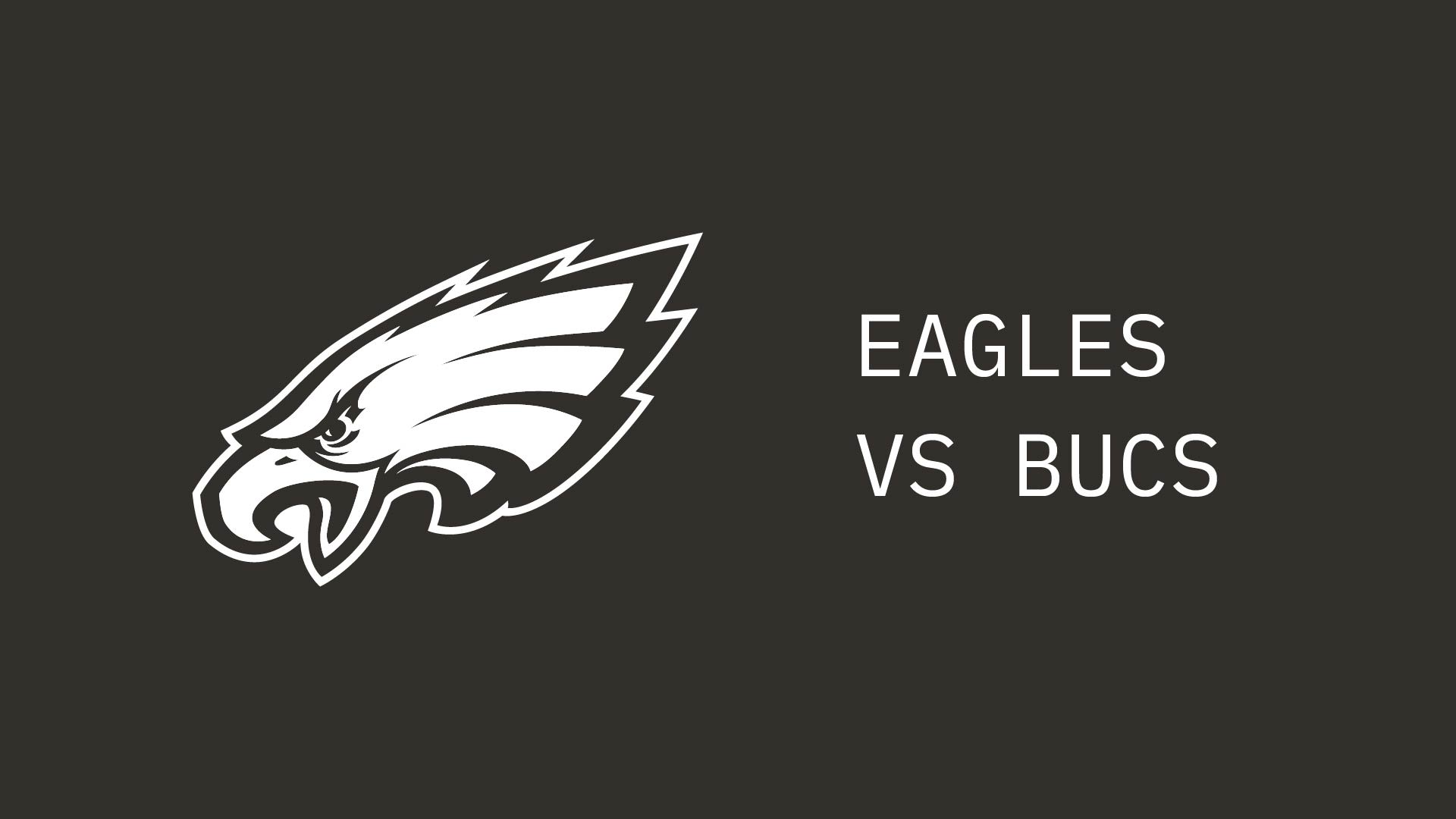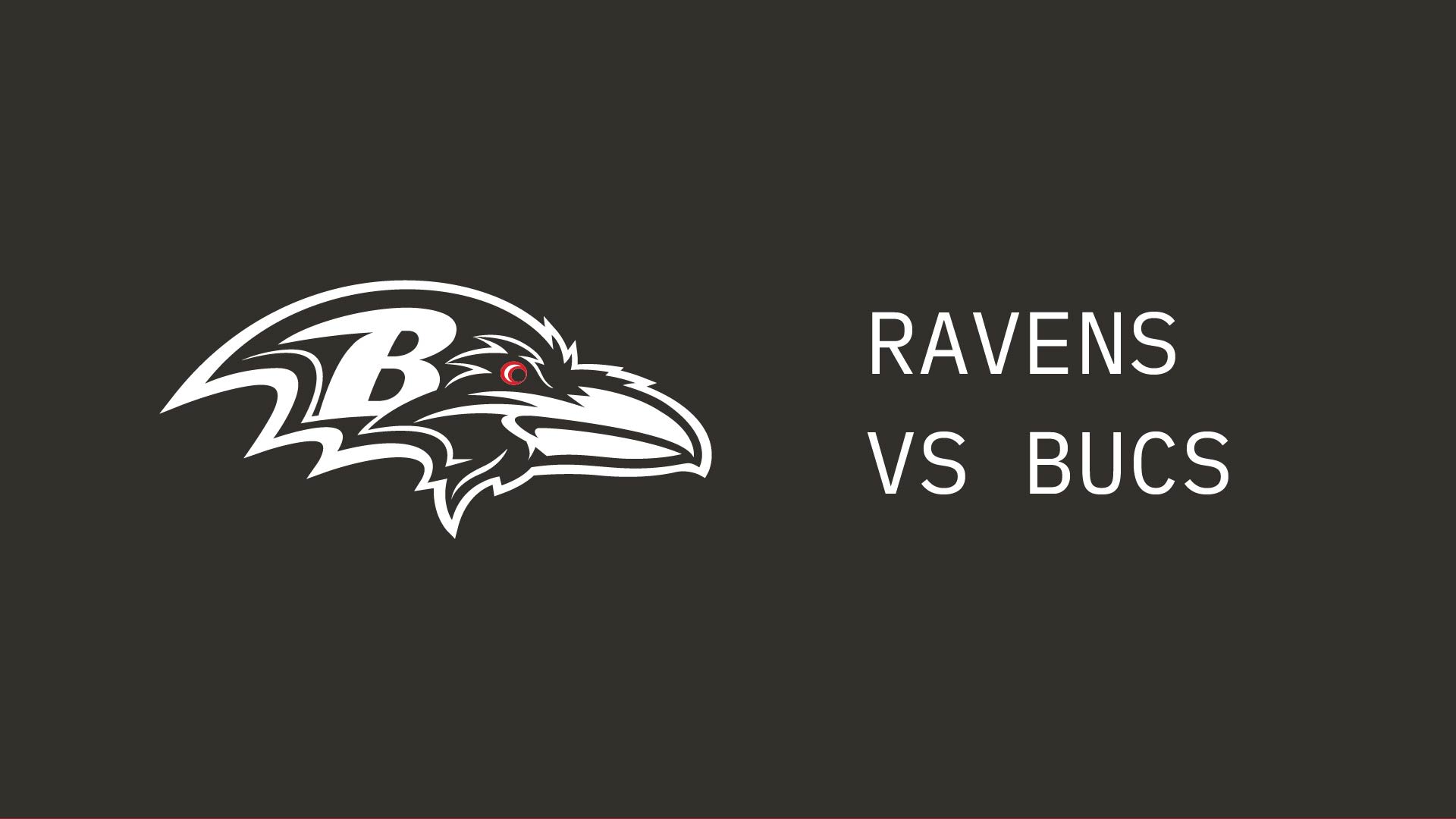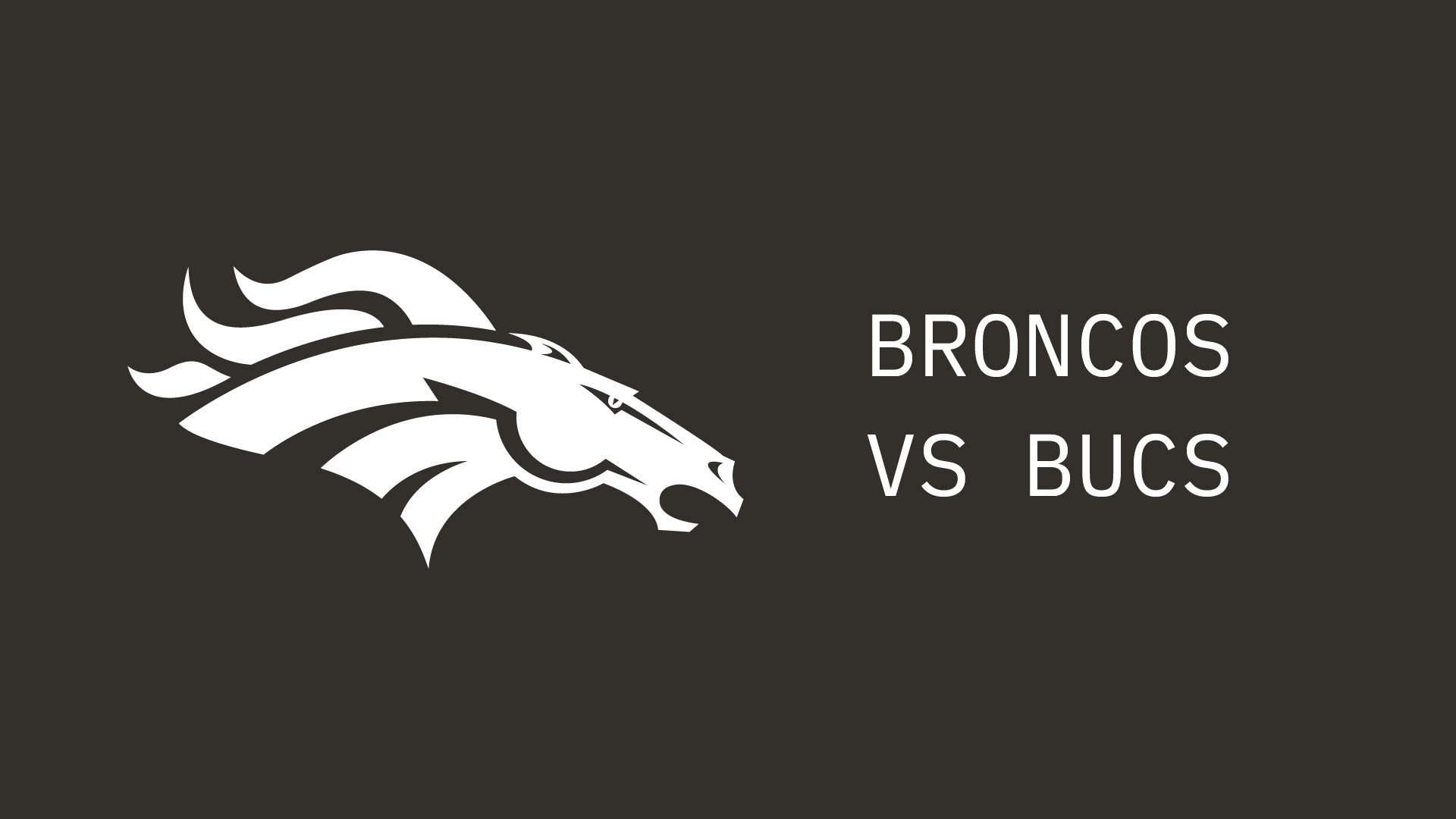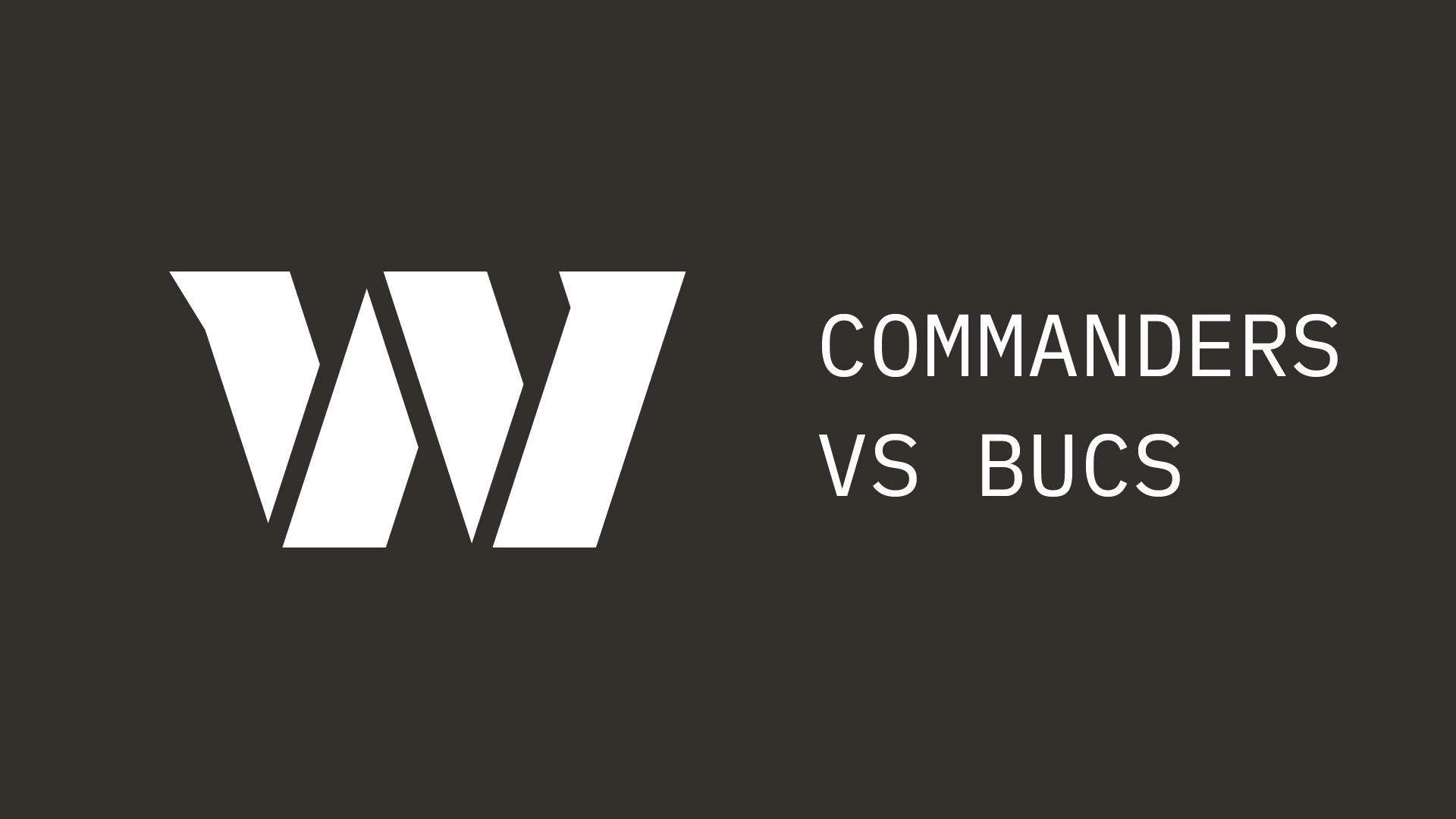On Wednesday, the Tampa Bay Buccaneers signed defensive lineman Akiem Hicks, a former standout with the Chicago Bears. Hicks will thus be added to the not-terribly-long list of prominent veteran free agents the team has signed in the months of May and June since the advent of free agency in the 1990s. He is the most recent one since 2019, when the Buccaneers signed Ndamukong Suh on May 23, and Hicks appears to be a pretty straight one-for-one replacement for Suh on the depth chart in 2022.
Suh, whom the Bucs added just a couple days after releasing one of their long-time stars, Gerald McCoy, proved to be a very valuable signing…or three signings, really, since he played on a series of one-year contracts from 2019-21. Obviously, Tampa Bay won a Super Bowl in his tenure (and Suh had a game-high 1.5 sacks in that game), but they also had the NFL's best run defense in that span. During those three seasons combined, the Bucs' defense allowed 82.5 rushing yards per game and 3.72 yards per attempt, both the lowest totals in the league.
Suh's arrival coincided with that of Defensive Coordinator Todd Bowles (now the Bucs' head coach) and came one year after the team invested the 12th-overall draft pick in Vita Vea. Bowles' defensive scheme also proved to be a perfect fit for veteran lineman Will Gholston, who has seen his career reinvigorated over the past three seasons. The Buccaneers improved immediately from 24th against the run in 2018 to first in 2019, and there were plenty of reasons why, but Suh was definitely one of them.
What I find interesting is that if you go back one more season before the arrival of Bowles and Suh and all of that, to 2018, the best run defense in the NFL belonged to…the Chicago Bears, who featured Pro Bowl defensive lineman Akiem Hicks in the middle of the trenches. Hicks had 7.5 sacks that season and a total of 23.0 from 2016-18, which obviously had a lot to do with his all-star recognition, but the 6-4, 335-pound defender was also a key part of that stifling run defense.
The Buccaneers used their first 2022 draft pick, number 33 overall, on Houston defensive lineman Logan Hall, who they will slot into the three-technique spot to hopefully generate some pressure from the inside. Gholston also signed back up for a 10th season in Tampa and Vea is coming off his first Pro Bowl appearance. Still, they needed to deepen that interior rotation, assuming neither Suh nor Steve McLendon will be back, and Hicks fits the bill. He will have to show he can stay healthy after missing 20 games due to injury and illness over the past three seasons but he's been a productive player pretty much without interruption since 2013 when he's been on the field.
And here's the thing: The Buccaneers' defense may actually need to reverse a lingering trend if it is going to stay at or near the top of the NFL's rush defense rankings. It's true that Tampa Bay has finished first, first and third on that list over the past three seasons, and you can't find much to complain about there. But that third-place finish last season is just a little bit misleading. Not fully misleading, mind you, but just a bit.
See, as the Buccaneers came out of their Week Eight game in New Orleans and headed into their bye week, they were still in first place in that rush defense ranking, allowing an average of 78.0 yards per game. By the time they came out of their week off, the Bucs had dropped to second on the list behind New Orleans. That really wasn't Tampa Bay's fault, of course, their average had just stayed the same while the Saints got better. But the Saints were close enough to do that because the Bucs' defense had allowed 100, 143 and 152 rushing yards in its last three games before the bye. Down the stretch, they would give up 173 rushing yards to Buffalo and 150 to the New York Jets (albeit both in Bucs victories). Overall, from Week Six on, the Buccaneers' defense would give up 122.2 ground yards per game and 4.7 yards per carry.
I'm not saying this is something Buccaneers coaches and players should be wringing their hands over. The bottom line is that the team tied for the league's best regular-season record and was only bounced from the playoffs by a last-minute field goal from the eventual Super Bowl champs. Just like Todd Bowles is fine with the Bucs' offense passing the ball 50 times or running it 35 as long as the end result is a victory, rushing and passing yardage totals don't matter if the 'W' is secured. That said, it's quite evident that Bowles and the Bucs' coaching staff wants to stop the opponent's ground game first so that it can pin its ears back and go after the passer. They weren't as good as that in the second half of last season as they had been for the previous 2.5 campaigns. Perhaps Akiem Hicks can help with that.
A reminder that you can send questions to me anytime you want on Twitter (@ScottSBucs) and they're easier to find if you include the hashtag #SSMailbagBucs. We are also now soliciting questions each week on our Instagram page; look for that story on Wednesdays. As always, if you want to get a longer question into the mailbag and would prefer to email your question, you can do so to tbbsocial@buccaneers.nfl.com.
In their history, the Bucs have not had a kick returner that struck fear in their opponents or the league. When will they get one or who on the team now may be capable?
-Willie C. Thomas (via email to tbbsocial@buccaneers.nfl.com)
Well, I don't completely agree with that assertion, Willie. I remember fondly the very exciting but unfortunately very short Clifton Smith era.
In 2008, the Buccaneers drafted Appalachian State wide receiver Dexter Jackson (not that Dexter Jackson) in the second round and the plan was for him to step immediately into the punt and kickoff roles. That did not work out. Jackson did start the season with those two jobs but did little to impress over the first seven weeks.
Meanwhile, Smith first came to the Buccaneers as a tryout player in rookie mini-camp after going undrafted out of Fresno State. He was a great return man at Fresno State, scoring five touchdowns on punt runbacks, but he wasn't very big. He's listed as 5-9 and 190 pounds in the Bucs' 2009 media guide, and that is probably being a little generous. Still, he impressed enough to earn an invitation to training camp and then a spot on the practice squad to start the season. When Jackson fell out of favor – he would be inactive the rest of his rookie season and would never play another NFL regular season game – the Bucs decided to give Smith a shot.
And that did work. In a big way. With only half a season to work with Smith somehow made the Pro Bowl as the NFC's return man, thanks in part to a touchdown on both a punt and a kickoff return. He averaged 27.6 yards per return on kickoffs and 14.1 on punts. Those were great numbers. I'd be willing to bet opposing teams were well aware of and perhaps a little scared of Smith. In 2009, he led the NFL with a 29.1-yard average on kickoff returns. Unfortunately, his career was cut short by injuries, perhaps due to a pair of illegal hits he took while trying to execute fair catches, and he was out of Tampa after 2009 and out of the NFL after 2010.
I also wonder how teams felt about Karl Williams back in the day. 'Fear' is probably not the right word, as I don't recall him ever being considered one of the NFL's one or two most dynamic return men, and his numbers were a lot better on punts than kickoffs. But from his rookie season of 1996 through the Bucs' 2002 Super Bowl campaign, Williams scored on five punt returns. The only players with more in that span were Desmond Howard (seven) and Jermaine Lewis (six) and, yes, those were two players considered among the league's scariest returners. Right behind Williams at four were some other interesting names: Deion Sanders, Eric Metcalf and Darrien Gordon. When you're in that company you are probably at least a medium-level concern for opposing teams. Somewhat muffled shout out also to Micheal Spurlock, who had some big moments around the turn of the 2010s.
But (after all that), I'll grant you the overall idea that the Buccaneers have rarely had a return game of much prowess in team history. Of course, Tampa Bay began play in 1976 and famously didn't have a punt return for a touchdown until 1994 or a kickoff return for a score until 2007. Smith remains the only Buccaneer ever to make the Pro Bowl as a return man. The Buccaneers last score on a punt or kickoff return came in 2010 (by Spurlock); since then, every other team in the league has notched at least one punt return score and 29 of the other 31 clubs have scored at least once on a kickoff return. The Chiefs have 15 combined punt and kickoff return touchdowns in that span.
So yeah, it's been a while, though it's not like the team hasn't tried. The selection of North Texas wideout Jaelon Darden in the fourth round last year was made in part because of his potential in the return game. The team had similar thoughts in mind when it took Raymond Calais in the seventh round in 2020, Kaelin Clay in the sixth round in 2015 and Robert Herron in the sixth round in 2014. Obviously, we now know that none of those last three picks hit.
When will the Bucs get a return man that strikes fear into their opponents' hearts? Well, I don't have a crystal ball so I can't really answer that question, just like no one could have predicted that Clifton Smith would emerge so suddenly in 2008. The only player in the NFL to score multiple kickoff return touchdowns last season was Minnesota rookie Kene Nwangwu, a fourth-round pick who had been a very good return man at Iowa State. The league leader in kickoff return average in 2021 was the Jets' Braxton Berrios, who prior to last season had averaged 16.5 yards on 13 career runbacks. He averaged 30.4 yards per kickoff return last year. Find me the person who predicted either of those two things and we can ask her or him when the Bucs will similarly find lightning in a bottle.
If there's anybody on the roster now that you could point to as possibly becoming that fearsome returner, it's Darden. He didn't light the world on fire as a rookie but he had some moments and might be ready to break out. He still has the elusiveness, sharp cuts and lateral agility that caught the Bucs' eye last spring; perhaps this year he can put it all together as return man. Scotty Miller certainly has the speed to take it to the house if he broke a return out into the open, and he's been fielding punts in practice for years, but he's still an unknown commodity in games. A couple of the young undrafted rookies the team picked up have return backgrounds but they would have to crack the 53-man roster first and that's not going to be easy on this team.
What does Tom Brady's contract situation look like with the Bucs beyond this year after he re-worked his deal?
-ponyjonathan (via Instagram)
Pretty much the same, really. The main results of Brady's most recent contract restructure was to free up some cap space for the Buccaneers this year by pushing it into the future, primarily in 2023. Unless there is a future alteration or addition to the contract and Brady sticks around beyond 2022, the team will be carrying a very significant amount of dead cap space in his name in 2023. If Brady retires after 2022, that hit could be spread out over two seasons.
The main point, though, is that Brady is still bound to the Buccaneers for the same amount of time that he was before that most recent restructuring. Prior to that work, he was under contract for the 2022 season with four automatically voiding years on the end of the deal for the purposes of taking some cap hit off this season. That's why the dead money hit is so hard in 2023, because all of that spreading out accelerates back to that season as soon as the contract is void. The alteration of his contract didn't change that; it's still one more year followed by four voiding years.
In addition, Brady's deal before and after the restructure includes a clause that prohibits the use of a franchise or transition tag. All of that means that, as was already the case, Brady can become a free agent and sign elsewhere if he chooses to do so next spring. He could also choose to retire and head up to the broadcast booth or he could come back to continue his run in Tampa. I know which one I'm rooting for. This has been a fun ride so far and I don't want it to end until it has to.
Who do you believe has the leg up in the left guard position battle (Aaron Stinnie, Luke Goedeke, Nick Leverett) -carl_jones55
I think you have to start with Aaron Stinnie. There is no true incumbent at left guard after the sudden retirement of Ali Marpet, but Stinnie may be the closest thing to it. He stepped in during the 2020 playoffs at right guard after Alex Cappa got hurt and acquitted himself very nicely. Stinnie was also the first choice to fill in for Marpet last year when the latter missed a game due to an abdomen injury. Unfortunately that time Stinnie also got hurt early in his start at Indianapolis and didn't get to see much action. Nick Leverett stepped in after that.
It's that 2020 experience, plus his years working in the Bucs' offensive system, that I think puts Stinnie first in line at this point. The confidence he gained during the playoffs surely must help him as he heads into this competition for a starting job.
"It was a great ride that year, being able to help out when I was needed," Stinnie said after an OTA practice on Tuesday. "I think I was able to show what I was able to do and that I am able to help out the team whenever they need me to. Being able to play against such great opponents during that little stretch helps you out to be able to go forward from there on."
Make no mistake, however, it is a very real competition. Buccaneers brass came right out and said so after using a second-round pick on Central Michigan's Luke Goedeke in April. Goedeke is not only making a big transition from CMU to the pros but he's also moving from tackle to guard, so he's got a steeper hill to climb than Stinnie. But you don't spend that sort of draft capital on a player – the Bucs even gave up a sixth-round pick to leap over two teams they thought were in the guard market – unless you think he is likely to become a starter.
Keep in mind that Stinnie is only under contract with the Buccaneers for one more year, while Goedeke will sign a four-year deal sometime between now and training camp. Even if Goedeke doesn't immediately unseat his veteran teammate, there could still be a succession plan for the future. If Stinnie gets the job to start the season but isn't performing to the expected level, Goedeke could get the call at some point in 2021. And if Stinnie gets the job and does fantastic, he could be in line for a bigger deal in free agency somewhere. Frankly, it seems like a good problem to have.
In addition to the three guys you mentioned, second-year man Robert Hainsey is in the mix, as well, though at the moment he's probably the second-string center behind Ryan Jensen. It's a pretty healthy competition that seems like it's going to produce a good answer, one way or another. Right now, it's hard to tell how good an offensive linemen is – coaches always answer questions about that at this time of year by pointing out that the guys are playing in shorts and t-shirts – but it will heat up once training camp begins. So for now I would say Stinnie is first in line but once the real competition begins things could get interesting in a hurry.
Will the Akiem Hicks signing impact how much Logan Hall plays this season?
-blacktank18 (via Instagram)
Well, yes, I'm sure it will, and that seems like a good thing to me.
Before the signing of Hicks on Wednesday, the Bucs had a promising first line for their interior front but not a lot of depth and a lot of potential weight on a rookie's shoulder. Pro Bowler Vita Vea is entrenched at the nose, with Hall, the second-round draft pick likely to flank him at the three-technique spot. In base packages, Will Gholston would be on Vea's other side, while the experienced depth basically consisted of Rakeem Nunez-Roches, who has proved to be a valuable player for the Bucs primarily at nose tackle.
Presumably not returning to the mix this season are Ndamukong Suh and Steve McLendon, who combined for almost exactly 1,100 defensive snaps for the Buccaneers in 19 games last year. Before the addition of Hicks, it stood to reason that the largest chunk of those snaps in need of replacement would fall to Hall, and that's an awful lot to ask of a rookie.
The Buccaneers have aspirations of another deep playoff run, obviously. But it's a long, long season, especially with the expansion to 17 regular-season games, and the rookie wall is real, for most guys at least. Ideally, the Bucs will be able to shape Hall's workload in a way that will allow him to get acclimated to the NFL and gradually become more and more of an impact player but not get overwhelmed along the way.
It was pretty clear that if Suh and McLendon were out of the picture the Bucs were a little short on their DL rotation. I've mentioned that in previous mailbags. It's always possible that a player on the roster like Deadrin Senat or Benning Potoa'e could ably step up into a larger role, but that's a tough thing to gamble on. I've felt along that, after taking Hall 33rd overall in the draft that the team was still going to add another player of note to that group, possibly another pick in that same draft, or with a Suh re-signing or some other veteran. Now we know who that is, and I think Hicks rounds out the group nicely. And yes, it probably means fewer snaps for Hall than if Hicks wasn't here, but I think that was the plan all along.










